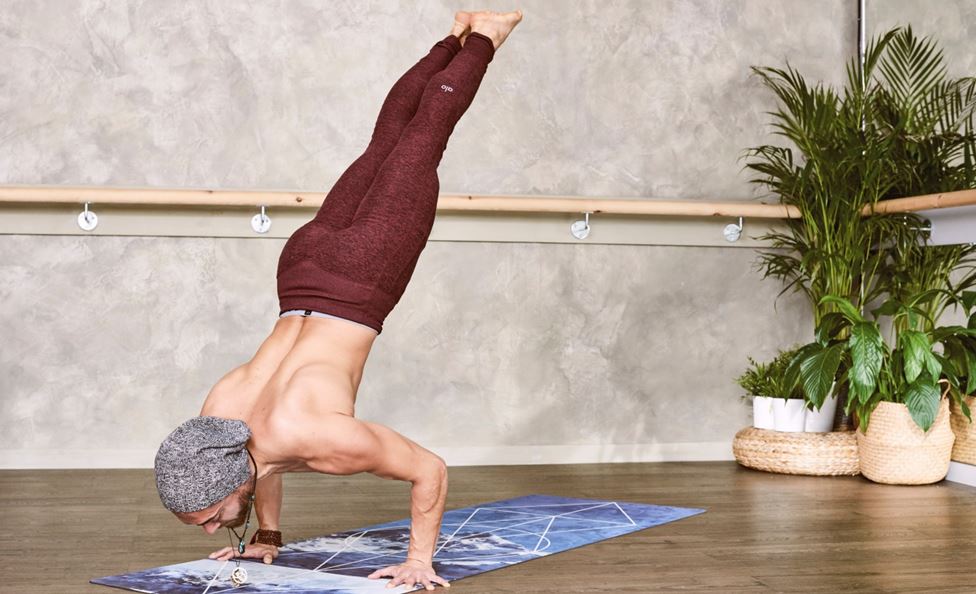10 Tips for home office working
Jenny Gebka • April 6, 2020
What do you need to think about when sharing work-space?
We are all making some big adjustments to our lives at the moment and fighting for space in the house can have a major impact on family life. Here I look at tips for setting up home offices to support harmony as we work closer over the medium to longer term.
2. How many times have you seen people tuck their phone between their ear and shoulder? This is really bad for your neck: it’s therefore worth getting a hands free kit or putting your phone on loud speaker.
3. Make sure you have a comfortable chair – you’ll soon find dining chairs aren’t supporting you in the right places and they’ll cause your back to ache.
4. Opt for a large screen that is separate to your laptop if you can. This will prevent you getting eye strain from staring at the small screen.
5. Get a separate mouse and keyboard if working from a laptop, so you can independently move them around, independently from the screen. Some people find a wireless mouse more comfortable.
6. Seat yourself so you don’t have any bright lights shining on your screen: check for sunshine during the day and electric lights for late evening working. Also ensure there is nothing shining on the wall behind your screen either: too much of a difference between the two can strain the eyes and cause headaches.
7. Some prefer to work while listening to music. That’s great, but to prevent winding up other members of your family with your own favourite genre (relations need to be kept sweet – we could be in for the long haul) try using plug-in earphones.
8. Take frequent breaks from sitting down: why not take or make a phone call while standing? Get away from your screen every 40-45 minutes: set an alarm if you have to! Let your eyes focus on the middle distance – maybe you can admire a tree in your garden or watch your dog run down the garden after a squirrel.
9. It’s useful to split your activities between left and right, so you’re not constantly reaching and twisting in one direction. For example: put your phone on the left and your diary on the right, keeping your computer (or main activity) central.
10. Most of all, you need to sit in a balanced manner to promote good posture and prevent aches and pains at the end of each day.
Not everyone has the luxury of one home office, never mind another for working partners or kids being home schooled. Offspring who are still living at home are compounding the problem of availability of space.
While we can get by with lying on the sofa or squatting at the dining table for the odd half an hour on a Sunday evening while get ahead of our emails, this is not a brilliant scenario for full time working.
Although I can’t conjure up any additional space or advise you what equipment to buy, I can make suggestions about how you position yourself and how to arrange your workstation.
So here goes.
1. Try to find a space that is separate from other home workers, especially if they have to use the phone for their work.
2. How many times have you seen people tuck their phone between their ear and shoulder? This is really bad for your neck: it’s therefore worth getting a hands free kit or putting your phone on loud speaker.
3. Make sure you have a comfortable chair – you’ll soon find dining chairs aren’t supporting you in the right places and they’ll cause your back to ache.
4. Opt for a large screen that is separate to your laptop if you can. This will prevent you getting eye strain from staring at the small screen.
5. Get a separate mouse and keyboard if working from a laptop, so you can independently move them around, independently from the screen. Some people find a wireless mouse more comfortable.
6. Seat yourself so you don’t have any bright lights shining on your screen: check for sunshine during the day and electric lights for late evening working. Also ensure there is nothing shining on the wall behind your screen either: too much of a difference between the two can strain the eyes and cause headaches.
7. Some prefer to work while listening to music. That’s great, but to prevent winding up other members of your family with your own favourite genre (relations need to be kept sweet – we could be in for the long haul) try using plug-in earphones.
8. Take frequent breaks from sitting down: why not take or make a phone call while standing? Get away from your screen every 40-45 minutes: set an alarm if you have to! Let your eyes focus on the middle distance – maybe you can admire a tree in your garden or watch your dog run down the garden after a squirrel.
9. It’s useful to split your activities between left and right, so you’re not constantly reaching and twisting in one direction. For example: put your phone on the left and your diary on the right, keeping your computer (or main activity) central.
10. Most of all, you need to sit in a balanced manner to promote good posture and prevent aches and pains at the end of each day.
If you're finding you have aches you weren't experiencing before home working, contact me for a no-obligation chat. I may be able to find some simple ways to alleviate the problem. https://bit.ly/HomeOfficeSetUpCheck
Please let me know if you find any particular tip useful or have others that you're happy for me to share.

UK Chief Medical Officer has updated the Guidelines on Physical Activity in September 2019 to take into account research that showed why previous guidelines weren't entirely being followed. This blog explains why changes were necessary, how they have become more achievable, and gives examples of how to fit them into your life.






